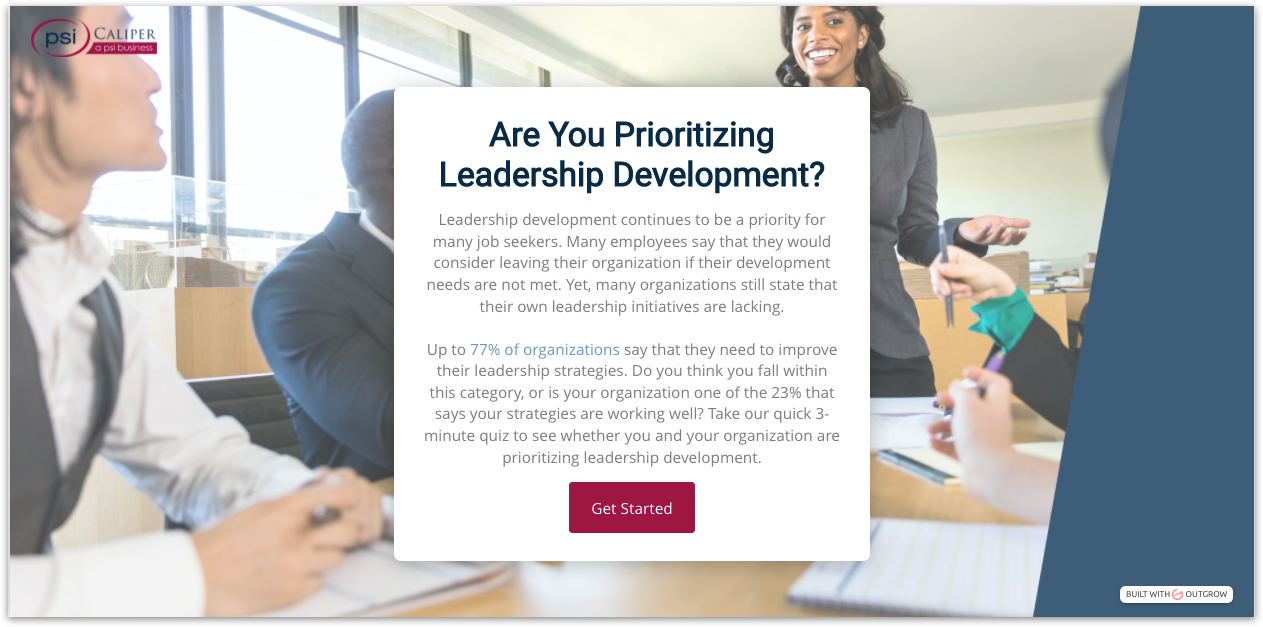Signing on a new hire shouldn’t be the end of the HR process. To increase retention and employee loyalty, engage new hires from the start through an onboarding process. In the past, onboarding was often associated with classroom-style training sessions. While some steps in the process may still rely on traditional training sessions, most organizations have upgraded their on-boarding methods to more modern techniques.
Engage Before the Start
Often times, after the contract is signed, organizations disengage from their new hires. New hires are provided minimal instructions beyond their start date. It is extremely important to remain in contact and keep talent engaged until they officially start employment.
Job seekers tend to negotiate between two or more employers to see who will give them the best deal. It would be a challenging to lose a candidate that you have spent time recruiting. Before their formal start date, regularly check with them and help them transition into the new role.
Pair Them Up
Whenever a new hire is brought on board, assign a current employee to offer guidance when needed and help with the transition. When they have questions about everyday life in the office, the best lunch spots or culture quirks, this is the person they should turn to. Workers who feel like they belong, tend to be more motivated, engaged, productive and 3.5 times more likely to contribute fully to reach their potential.
Managers should use this opportunity to coach. Try by using a coaching report. Employees should be encouraged to enhance their performance-improvement and career-development initiatives with an Individual Developmental Guide (IDG). The IDG is a report that presents an individual’s strengths, motivations, and opportunity areas through easy-to-interpret graphs and constructive language. These two aids can help progress these two as individuals and as co-workers.
Greet with Excitement
Make their first impression working for the company a positive one. Help the new team member feel valued and well trained or they may be likely to leave for a better opportunity.
Everyone directly involved in your organization has a role in making new hires feel welcome. When new hires feel accepted by their colleagues, their level of engagement increases. First impressions are crucial to show them how excited the company is to have them as part of their team.
Commit to the First 365 Days
The onboarding process should not be confused with orientation. Orientation is a single event which takes place over the course of a few days. The onboarding process is designated to show new hires how they will be integrated through their role with training, support, and expectations to help them succeed in their role.
Within the first six months of a new position, 40% of employees left their jobs voluntarily. The most successful onboarding programs run up to one year, with frequent check-ins and feedback given throughout. Organizations who commit to an extended on-boarding experience accelerate new hire proficiency by 34%.
Plan it Out
Most candidates will be nervous when starting their new position. Having a structured plan can help eliminate some of the anxiety and stress associated with the situation. By being prepared, you are showing the newest team member you care about their time and role and solidify their decision to join your company.
Give them a journey map of how long the process should take and when they should be completing certain phases. Take this opportunity to outline clear goals you want to see them accomplish by the end of on-boarding. This gives them a look into what their future at the company holds.
Schedule One-On-One Time
Scheduling one-on-one time between a new hire and their direct manager is a must. This is the manager’s chance to make a first impression by dedicating time to their new team member. This time is about getting to know the people who the employee will be working with and reporting to.
During this meeting, take time to schedule out check-ins and feedback sessions. Use these sessions to check in on their experience and see how their manager and the team can best support in the areas the new hire is struggling with. You can create a loyal employee customer by genuinely listening to them and giving them what they need to succeed.
Spread it Out
Some organizations bombard their new hires with too much information upfront. The first day of a new job should focus on two things. 1. Validate the employee made a good decision to accept the job. 2. Help the employee with the basics like accessing technology or setting up benefits. Often, a new employee gets everything thrown at their way all at once, with little time to digest the information. On-boarding is an acculturation process that should be spread out over a period of time.
Automate the Process
Automating on-boarding process, including the new hire paperwork, increases productivity for everyone involved. Human resources can put their focus on other important tasks to help support employees. Setting up automated notifications keeps both HR and the new employee moving forward.
Follow these tips to get on the right track. If you need some help getting started, work with Caliper to utilize these onboarding solutions to get your team up to speed faster!

